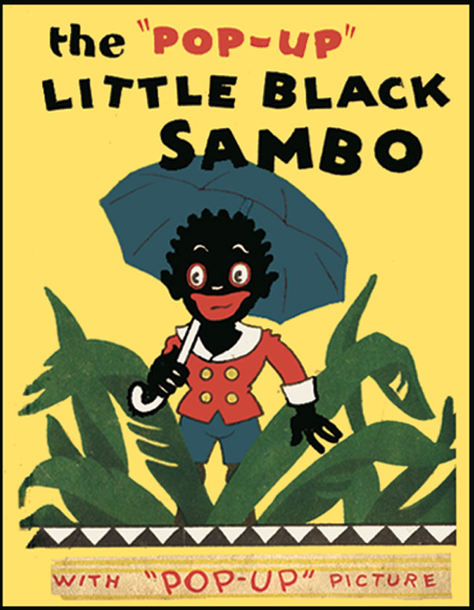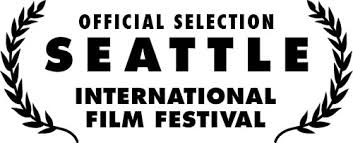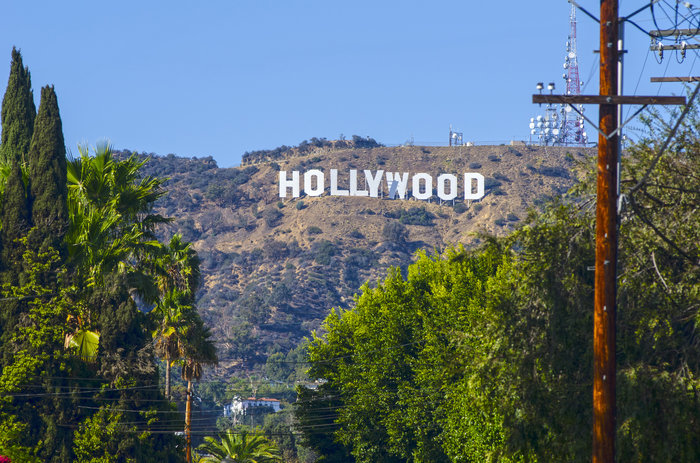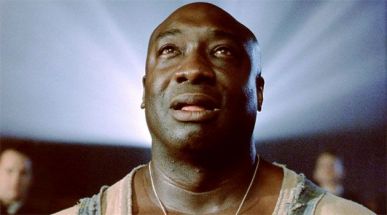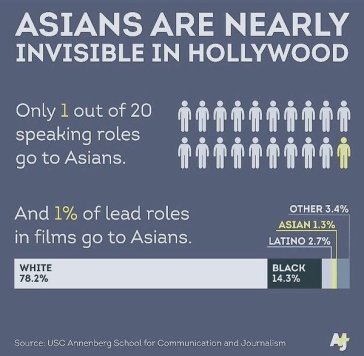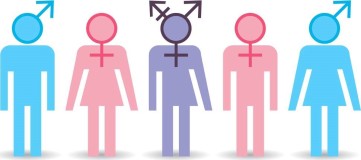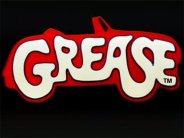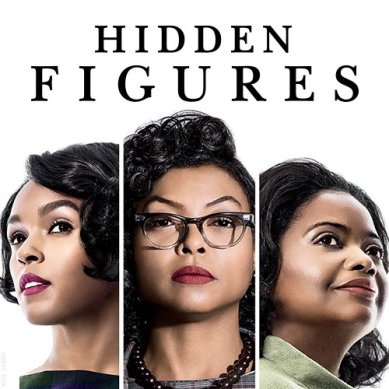Cultural Appropriation in American Films:
Danielle Rochlin
Lens: Ethnicity
Both the growth of Media and our long past with ethnic struggles help to fuel cultural appropriation in American films. There are numerous ways in which cultural appropriation can take place, usually it deals with a majority ethnicity taking parts of a minority culture and using or displaying these parts in a way that denotes, stereotypes, or gives a negative connotation to the minority culture. Cultural Appropriation is far different from cultural exchange, this is when one culture agrees to share part of their traditions, symbols, or other important pieces with another culture, cultural exchange is a powerful tool to help other cultures understand and educate each other.

Our media lights the match for cultural appropriation, we can now share and view anything we want without putting much thought or effort in at all, and with so little though put in, we aren’t thinking about who can be affected by our halloween costume, outfit choice, movie choice, etc. In class we have discussed that one of the privileges of being white is you don’t have to think consciously about your ethnicity, and because we have this privilege of lack of awareness it makes it all too easy to just not think about the message you are sending towards another ethnicity. Tv shows such as South park, Fresh off the boat, Glee, The Simpsons, All American Girl, Movies such as Kill bill, Ghost in the shell, Dr. Strange, Artists such as Beyonce, Katy Perry, Selena Gomez, and the list goes on. These are just some of the many popular examples that promote negative stereotypes or show a misrepresentation of minorities in film. Presenting harsh stereotypes on such a large platform is hurting a whole culture, as Postman states in his book “Amusing Ourselves to Death” “When a population becomes distracted by trivia, when cultural life is redefined as a perpetual round of entertainments, when serious public conversation becomes a form of baby-talk, when, in short, a people become an audience, and their public business a vaudeville act, then a nation finds itself at risk; culture-death is a clear possibility.” When Postman wrote this book he was mainly concerned about television and its lasting effects on society, but applying this to both American films and our rapid media we can come to the conclusion that allowing films that support and show cultural appropriation to be widely spread in our community can and will do harm, we are squashing cultures one film at a time. When asked about this problem, our community partner, the director of education at SIFF, had this to say “The fact is Scarlett Johansson is going to sell more tickets than just about any sadly, asian face and that the reality” Dustin was referring to the popular movie “ghost in a shell” where Scarlett Johansson was cast for a part supposed to be played by an Asian actress.
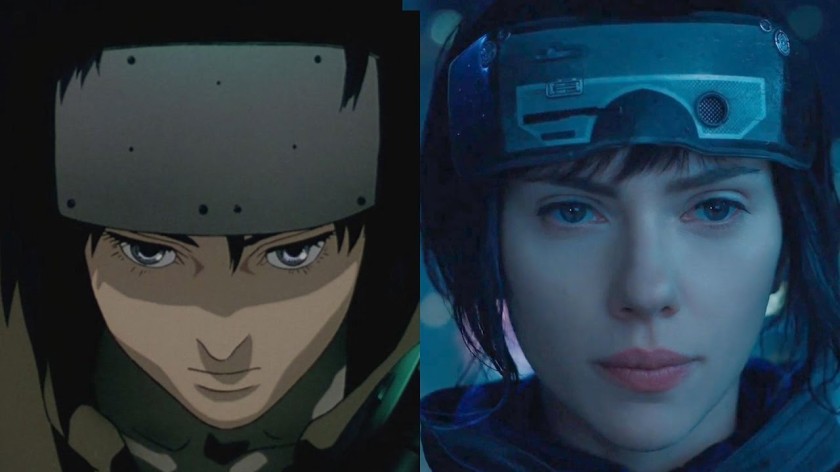 This is just one example of Cultural appropriation, and it’s a heartbreaking thing that our community partner is right, a white face is not only more common to see on screen but it is more common because it sells more tickets. If you do a google search for “top grossing movies of 2017” you will find a list, of this list you have to scroll to number 17 in order to see the first main character to be of a different ethnicity than white, and mind you the movie is Hidden Figures which focuses on oppression of black woman, after this inspirational movie, comes number 51 “Tyler Perry’s Boo 2! A Madea Halloween” which is filled of stereotypes. The problem here is that we, the majority ethnicity go to see a movie, and as part of being white we don’t have to think about seeing our race or ethnicity on that screen, we get the privilege of seeing people that look like your “average guy” If we don’t start to become aware of this problem, recognize it, bring attention to it when it happens, then we are in danger of a “culture-death”.
This is just one example of Cultural appropriation, and it’s a heartbreaking thing that our community partner is right, a white face is not only more common to see on screen but it is more common because it sells more tickets. If you do a google search for “top grossing movies of 2017” you will find a list, of this list you have to scroll to number 17 in order to see the first main character to be of a different ethnicity than white, and mind you the movie is Hidden Figures which focuses on oppression of black woman, after this inspirational movie, comes number 51 “Tyler Perry’s Boo 2! A Madea Halloween” which is filled of stereotypes. The problem here is that we, the majority ethnicity go to see a movie, and as part of being white we don’t have to think about seeing our race or ethnicity on that screen, we get the privilege of seeing people that look like your “average guy” If we don’t start to become aware of this problem, recognize it, bring attention to it when it happens, then we are in danger of a “culture-death”.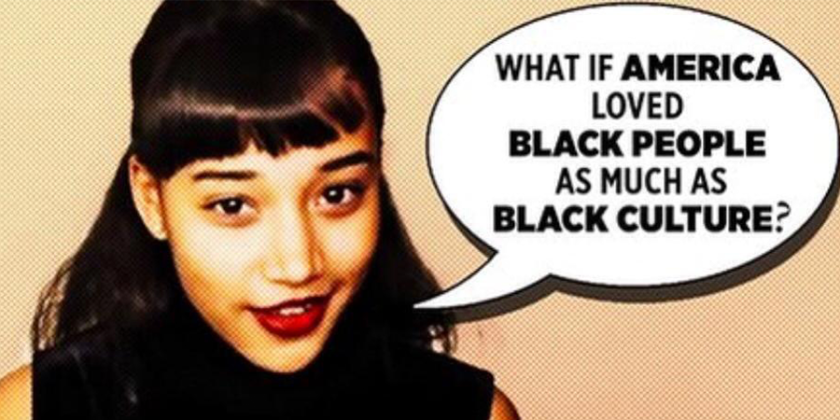
Our negative ethnic views are older than film. We have learned about the Nations troubled past that has been oppressing people of different ethnicities for many years. We have learned how we stripped the native americans culture, forced them out of their land, and still to this day try to oppress them with cultural appropriation and negative stereotypes such as the NFL team named “The Redskins”. We have learned how we have kept a whole culture away from us, away from our schools, our restaurants, our parks, we have learned about these many wrongs, we know they are wrong, and yet we still allow these parts of history to be seen in our so different world today.“America’s Dilemma has been our resistance to ourselves… our denial of our immensely varied selves” this powerful quote by Ronald Takaki in his book “A Different Mirror” points out the problem, we deny where we came from, that the majority itself are immigrants and that no one person is of a pure non mixed ethnic background. Part of this denial is through our filtered master narrative. As we’ve learned through this class the only way to diminish such thought is through education, educating ourselves on our real master narrative is how we will start to develop an empathy for other cultures and in turn hopefully prevent stereotypes and cultural appropriation.

References cited:
Postman, N (1985) Amusing ourselves to death: public discourse in the age of show business. New York, NY: Viking Penguin Inc
Takaki, R. (2008). A different mirror: a history of multicultural America (Revised ed.). New York: Back Bay Books.






